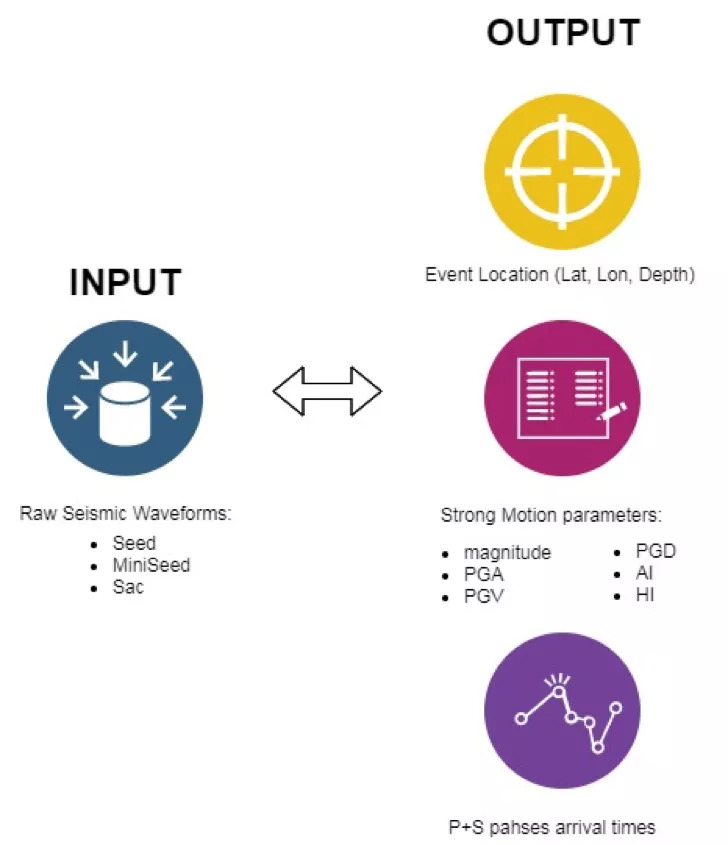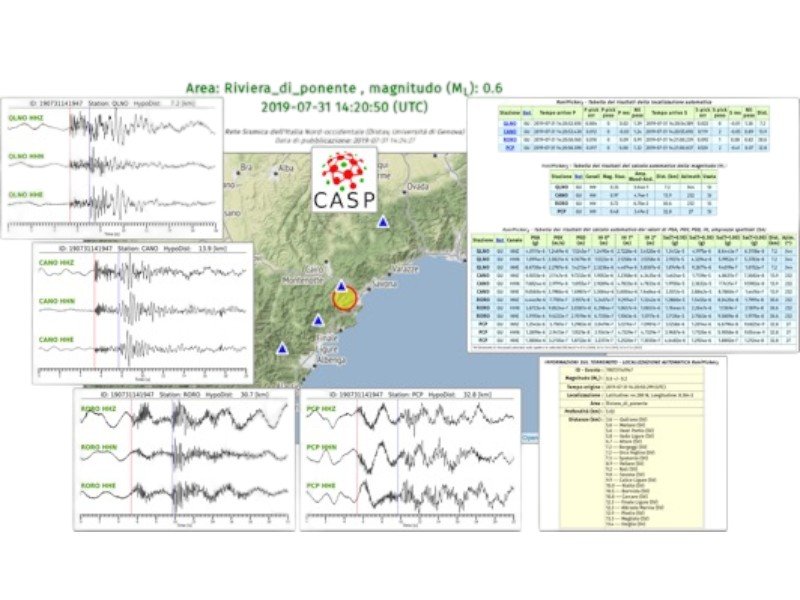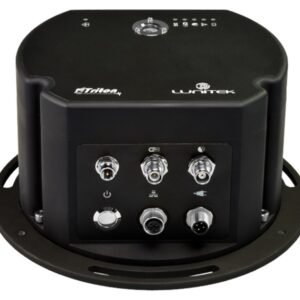Total: $6.450,00



CASP is a versatile software package specifically designed to handle and process seismological data. It is employed globally by a diverse range of institutions and organizations, such as earthquake monitoring centers, research institutions, and geophysical service providers, for both real-time and offline data analysis.
$1.250,00 – $18.750,00
CASP is a versatile and advanced software package designed for seismological data processing and analysis. Widely used by earthquake monitoring centers, research institutions, and geophysical service providers, it enables both real-time and offline seismic data analysis with exceptional efficiency and accuracy.
CASP plays a crucial role in detecting, locating, and determining the magnitude of earthquakes in real time, providing vital information for early warning systems and seismic hazard assessments.
The software efficiently processes seismic waveforms, analyzes event characteristics, and manages extensive seismic event catalogs to support research and operational monitoring.
CASP facilitates seamless data exchange between seismic networks and institutions using standardized protocols, enhancing global earthquake monitoring efforts.
It offers a suite of visualization tools for seismic data interpretation, event localization, and real-time monitoring of network status.
CASP ensures comprehensive data storage and metadata management, enabling long-term research and retrospective seismic studies.
As dense seismic networks with multiple stations become more prevalent worldwide, managing vast amounts of data manually is increasingly impractical. CASP leverages automated algorithms to extract critical seismic information from raw signals, ensuring:




By utilizing cutting-edge automation, CASP significantly enhances the efficiency and accuracy of seismic event detection and analysis across various applications, including:
CASP has been instrumental in numerous international scientific projects. Notably, it contributed to the creation of the first high-resolution earthquake catalog for the 2016-2017 Central Italy seismic sequences, successfully detecting over 450,000 seismic events with remarkable accuracy.
Additionally, CASP has proven effective in detecting non-tectonic surface events, such as:
These capabilities make CASP a powerful tool for seismic hazard assessment and geophysical research, reinforcing its reputation as a leading solution for earthquake monitoring and analysis.






CASP stands out as a state-of-the-art seismic data processing solution, offering a combination of real-time monitoring, advanced automation, and precise seismic analysis. Its adaptability makes it suitable for small-scale research projects as well as large-scale seismic monitoring networks, ensuring high accuracy and efficiency in earthquake detection and structural assessments.
Whether for seismological research, geophysical imaging, or structural health monitoring, CASP provides a powerful and reliable solution for understanding seismic activity and enhancing earthquake preparedness worldwide.
| TYPE | CASP-LITE, CASP-LITE-RU5, CASP-LITE-RU10, CASP-LITE-RU20, CASP-LTP, CASP-PRO-S1, CASP-PRO-INST, CASP-PRO-RU, CASP-PRO-INST-RU, CASP-CORPORATE |
|---|
CASP offers a range of software models tailored for different seismic monitoring and data processing needs. Below is a breakdown of the available models, their functionalities, and licensing details.
The selection of a CASP model depends on the size and complexity of the seismic network:
CASP’s modular licensing ensures that organizations can scale their seismic monitoring operations efficiently, from small research networks to nationwide earthquake monitoring systems.




CASP is a versatile and advanced software package designed for seismological data processing and analysis. Widely used by earthquake monitoring centers, research institutions, and geophysical service providers, it enables both real-time and offline seismic data analysis with exceptional efficiency and accuracy.
CASP plays a crucial role in detecting, locating, and determining the magnitude of earthquakes in real time, providing vital information for early warning systems and seismic hazard assessments.
The software efficiently processes seismic waveforms, analyzes event characteristics, and manages extensive seismic event catalogs to support research and operational monitoring.
CASP facilitates seamless data exchange between seismic networks and institutions using standardized protocols, enhancing global earthquake monitoring efforts.
It offers a suite of visualization tools for seismic data interpretation, event localization, and real-time monitoring of network status.
CASP ensures comprehensive data storage and metadata management, enabling long-term research and retrospective seismic studies.
As dense seismic networks with multiple stations become more prevalent worldwide, managing vast amounts of data manually is increasingly impractical. CASP leverages automated algorithms to extract critical seismic information from raw signals, ensuring:




By utilizing cutting-edge automation, CASP significantly enhances the efficiency and accuracy of seismic event detection and analysis across various applications, including:
CASP has been instrumental in numerous international scientific projects. Notably, it contributed to the creation of the first high-resolution earthquake catalog for the 2016-2017 Central Italy seismic sequences, successfully detecting over 450,000 seismic events with remarkable accuracy.
Additionally, CASP has proven effective in detecting non-tectonic surface events, such as:
These capabilities make CASP a powerful tool for seismic hazard assessment and geophysical research, reinforcing its reputation as a leading solution for earthquake monitoring and analysis.






CASP stands out as a state-of-the-art seismic data processing solution, offering a combination of real-time monitoring, advanced automation, and precise seismic analysis. Its adaptability makes it suitable for small-scale research projects as well as large-scale seismic monitoring networks, ensuring high accuracy and efficiency in earthquake detection and structural assessments.
Whether for seismological research, geophysical imaging, or structural health monitoring, CASP provides a powerful and reliable solution for understanding seismic activity and enhancing earthquake preparedness worldwide.
| TYPE | CASP-LITE, CASP-LITE-RU5, CASP-LITE-RU10, CASP-LITE-RU20, CASP-LTP, CASP-PRO-S1, CASP-PRO-INST, CASP-PRO-RU, CASP-PRO-INST-RU, CASP-CORPORATE |
|---|
CASP offers a range of software models tailored for different seismic monitoring and data processing needs. Below is a breakdown of the available models, their functionalities, and licensing details.
The selection of a CASP model depends on the size and complexity of the seismic network:
CASP’s modular licensing ensures that organizations can scale their seismic monitoring operations efficiently, from small research networks to nationwide earthquake monitoring systems.


















































































































